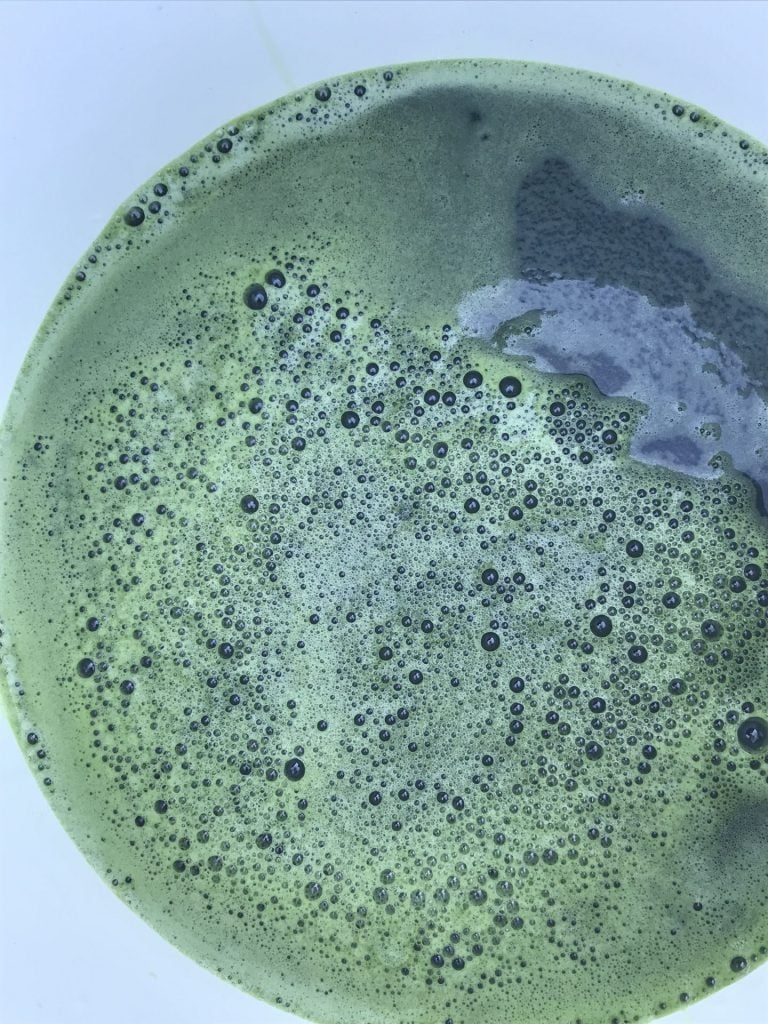A beautiful blue with ice water and just-picked indigo leaves
Our thanks to John Marshall for this easy recipe on how to dye with fresh indigo!
One of the delights of growing your own Japanese indigo is making fresh indigo leaf baths and dipping for that beautiful and elusive slightly turquoise shade. What makes it even more special is that it works great on silk, and the fabric really shows off the color.
For this process you will need:
- Fresh indigo leaves. This process works best with Japanese indigo (Persicaria tinctoria). We have seeds available here.
- Cold water
- Bag of ice
- Blender
- Strainer and straining cloth
- Silk or wool yarn or fabric. Note that this process works best with silk, wool or other animal fibers.

Instructions
You will need a generous armful of indigo stalks to dye a few silk scarves or yarns. Wool will also dye beautifully with fresh indigo leaves. Harvest the indigo and immediately strip the leaves from the stems and drop in a bucket of ice water. Take handfuls of leaves and blend with the ice water in a blender until the mixture is bright green and the leaves are pulverized. The mixture will be thick but pourable. The easiest way to do this is to start with about a cup of water, start the blender, and then add the leaves.
Strain the blended mixture into a clean bucket or basin and immerse fabric or yarn rotating in carefully and making sure the thick liquid gets into the fibers. The dye bath will be very cold. I have also not strained the mixture and gotten good results, but the leaf bits stick to fabric and yarn, which might be annoying. For lightest colors, dip for a few minutes. For darker colors, dip for 20-45 minutes and up to an hour. Gently rotate the fiber in the indigo bath. The color will gradually develop resulting in robin’s egg blue, turquoise or aqua. Stunning! You can re-immerse the fibers to deepen the shade.
Washing and Care
The fibers will darken somewhat on exposure to air but they do not oxidize like classic vatted indigo. Once they have aired for about an hour, rinse in cold water until the water is clear. For very dark items this may take several rinses. Hand wash items in a neutral soap and dry away from direct sunlight.
Note
This is one of the joys of working with Japanese indigo. The color yield is unique and very fast and easy, and is an indigo process that is kid-friendly as long as an adult is doing the blending.
